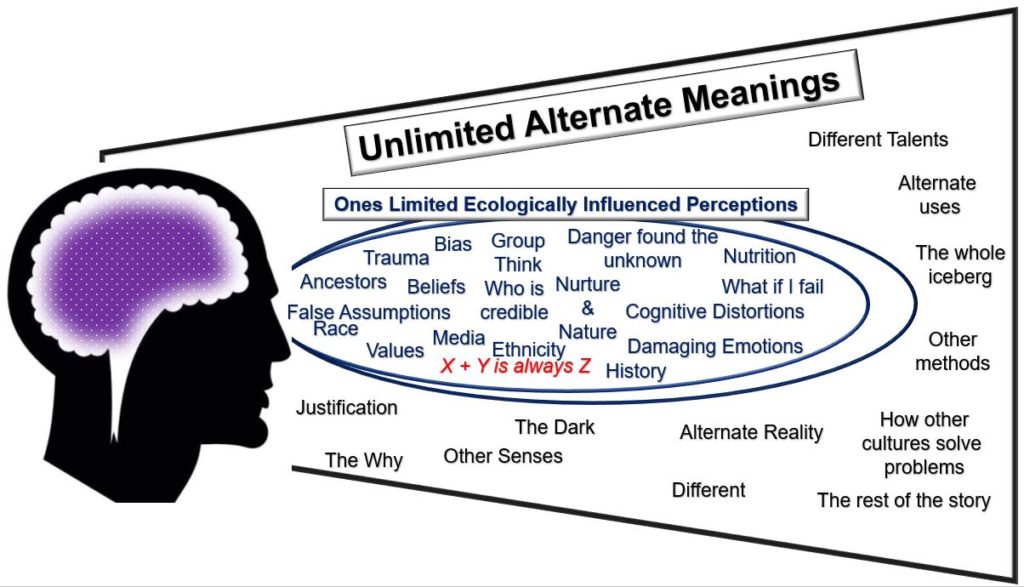


In 1905 Bonnier introduced the term body schema, defining it as the mental representation of the body necessary for the brain to perceive objects near, far, or within the body itself.īonnier also described three different partial body pattern alterations, hyperschématie ( French 'an overestimation of body size'), hyposchématie ('an underestimation of body size'), and paraschématie ('a displacement of body parts including internal organs'). A few years later, Carl Wernicke hypothesized a cortical map capable of collecting and processing sensory inputs from every point of the body. German physiologist Hermann Munk was the first to suggest the existence of a cortical representation of the body, supported by his vivisection experiments on the parietal cortex of dogs. The scientific study of bodily experiences began at the end of the 19th century. 12.1 Of cognition, affect, and behavior.However, to date, research and clinicians are developing new therapies such as virtual reality experiences, mirror exposure, or multisensory integration body techniques, which have shown some extent of efficacy. Furthermore, pharmacotherapy is ineffective in reducing body misperception and it has been used to focus on correlated psychopathology (e.g., mood or anxiety disorders). However, there is no hard evidence that current treatments for body image disturbance effectively reduce eating disorder symptoms. Thus, effective body image interventions could improve the prognosis of patients with ED, as experts have suggested. The disturbance is associated with significant bodily dissatisfaction and is a source of severe distress, often persisting even after seeking treatment for an eating disorder, and is regarded as difficult to treat. It is included among the diagnostic criteria for anorexia nervosa in DSM-5 ( criterion C). The symptom is an altered perception of one's body and a severe state of bodily dissatisfaction characterizing the body image disturbance. The onset is mainly attributed to patients with anorexia nervosa who persistently tend to subjectively discern themselves as average or overweight despite adequate, clinical grounds for a classification of being considerably or severely underweight. Positive body image, good self-esteem, healthy eating behaviorsīody image disturbance ( BID) is a common symptom in patients with eating disorders and is characterized by an altered perception of one's own body. Altered body self-perception, body uneasiness, body dissatisfaction, body-checking behaviorīody dissatisfaction, childhood neglect, childhood abuseĮDI-3, body uneasiness test, clinical diagnosis, Visual Size Estimation Task, 3D Morphingīody dysmorphic disorder, obsessive-compulsive disorder


 0 kommentar(er)
0 kommentar(er)
